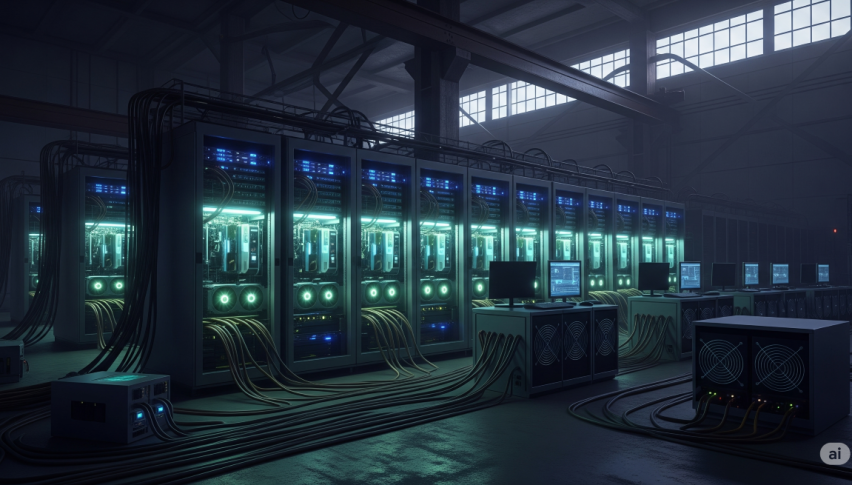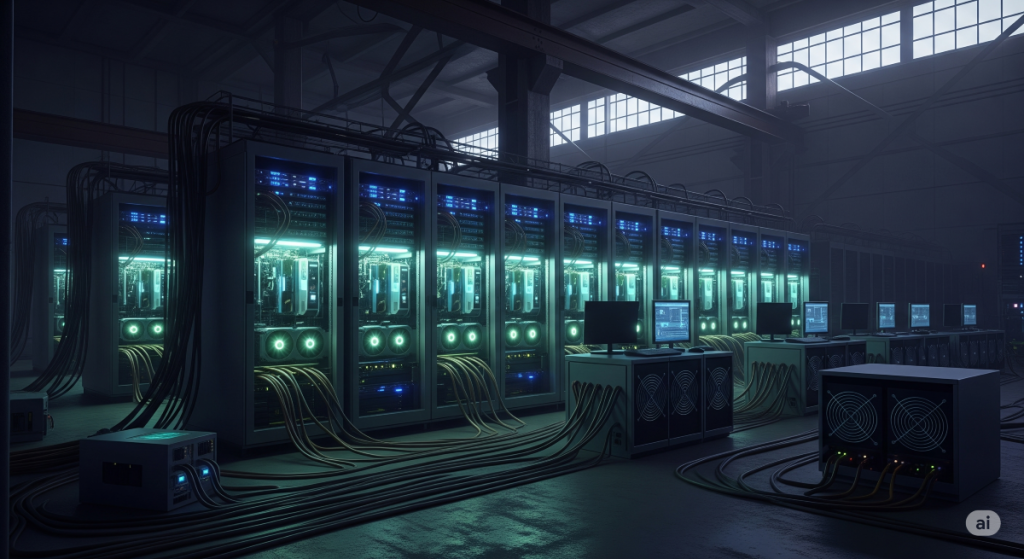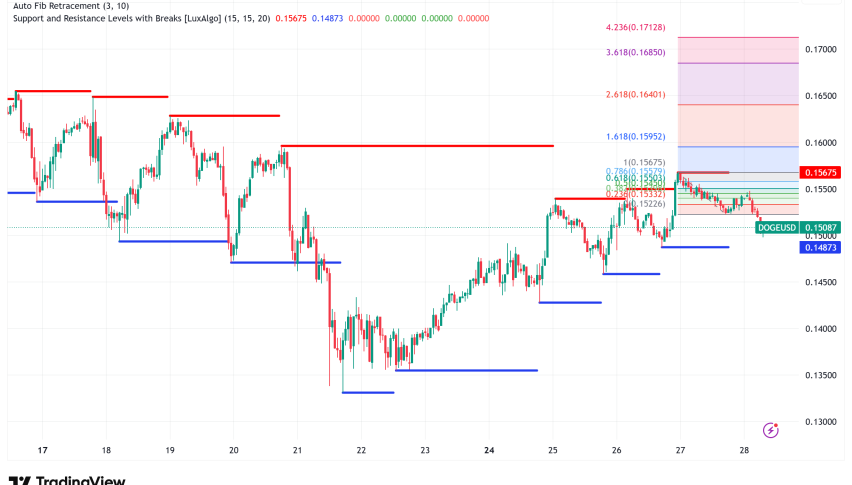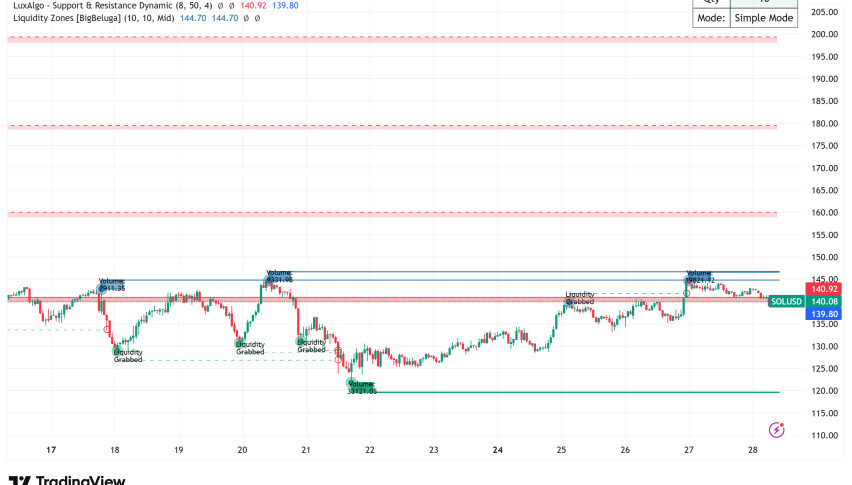Tether to Open-Source Bitcoin Mining Operating System, Aiming to Level the Playing Field
Tether, the company that creates the world's biggest stablecoin, USDT, said it would make its Bitcoin Mining Operating System (MOS) open

Quick overview
Tether, the company that creates the world’s biggest stablecoin, USDT, said it would make its Bitcoin Mining Operating System (MOS) open-source by the end of 2025. This might have a big impact on the Bitcoin mining market.

In a statement on social media on Monday, CEO Paolo Ardoino talked about the plan. He said that the open-source release will let “a horde of new Bitcoin mining companies enter the game and compete to keep the network safe.” The announcement comes at a time when the mining business is facing unprecedented hurdles after Bitcoin’s April 2024 halving, which cut block rewards in half and made it harder for companies to make money.
Tether’s Mining Operating System: Breaking Down Barriers to Entry
The Mining Operating System is Tether’s bold attempt to make Bitcoin mining more accessible to everyone by getting rid of the requirement for pricey third-party software that has given bigger, publicly-traded mining businesses a competitive edge in the past. Ardoino says that MOS will “level the playing field” by “closing the gap” between publicly traded enterprises and smaller ones.
Tether calls the architecture of the Internet of Things that MOS is built on “scalable, resilient, and modular.” This means that it can handle operations of almost any size. The system can work with setups as simple as a single Raspberry Pi connected to a few miners, or it can grow to accommodate huge industrial facilities that manage hundreds of thousands of machines across many mainframes.
The software already has built-in modules for controlling popular mining hardware, different types of cooling systems (including air-cooled and immersion containers), and other types of electrical equipment setups. More crucially, MOS will let developers make bespoke plugins for certain hardware. This might lead to a community-driven ecosystem of new mining technologies.
Strategic Timing Amid Industry Pressures
Tether’s news comes at a very bad time for Bitcoin miners, who are dealing with some of the hardest conditions the sector has ever seen. After the halving in April 2024, mining revenue fell 50% year-over-year to just $1.2 billion in March. At the same time, Bitcoin’s network hashrate reached all-time highs, making mine more difficult than ever.
The pressure has caused big changes in the way the whole industry works. Industry data shows that 15 big mining businesses sold more than 40% of the Bitcoin produced in March. Some, like HIVE and Bitfarms, sold more than they made in a month. At the same time, some miners have switched to AI applications, and HIVE says that AI workloads bring in more money than regular crypto mining.
Broader Implications for Decentralization
The open-sourcing strategy fits with the trend of mining operations that are more locally and environmentally friendly. More and more small businesses and energy providers, especially in areas with a lot of renewable energy, are using Bitcoin mining to make money off of extra electricity during off-peak times. Texas and European solar firms and rural farms have started mining operations to make money off of extra energy that would otherwise go to waste.
Giw Zanganeh, Tether’s Vice President of Energy and Mining, thinks that the MOS architecture will become the industry standard because it is “resilient and scalable.” The business also wants to add its decentralized AI platform, QVAC, to MOS to improve performance reporting and assist miners make the most of their operations by employing real-time data analytics.
Part of Tether’s Growing Empire
The mining software project is another move in Tether’s ambition to diversify beyond its main business of stablecoins. The corporation has already put a lot of money into Bitcoin mining and energy projects, especially in Latin America. It is also getting into the fields of artificial intelligence and crypto education.
This growth shows that CEO Ardoino wants to make Tether a major player in the global financial system, not only in the world of cryptocurrencies. The company teamed up with the Ocean mining pool in April to assist decentralize block creation by promising to use its existing and future hashrate for the protocol.
Tether hasn’t given a particular release date beyond Q4 2025, but the company has said that the open-source version would come with detailed technical documentation and tutorials to help it become widely used. If it works, the project might change the way Bitcoin mining works in a big way, possibly starting a new era of decentralized network security that is kept up by a wider range of players.
- Check out our free forex signals
- Follow the top economic events on FX Leaders economic calendar
- Trade better, discover more Forex Trading Strategies
- Open a FREE Trading Account


